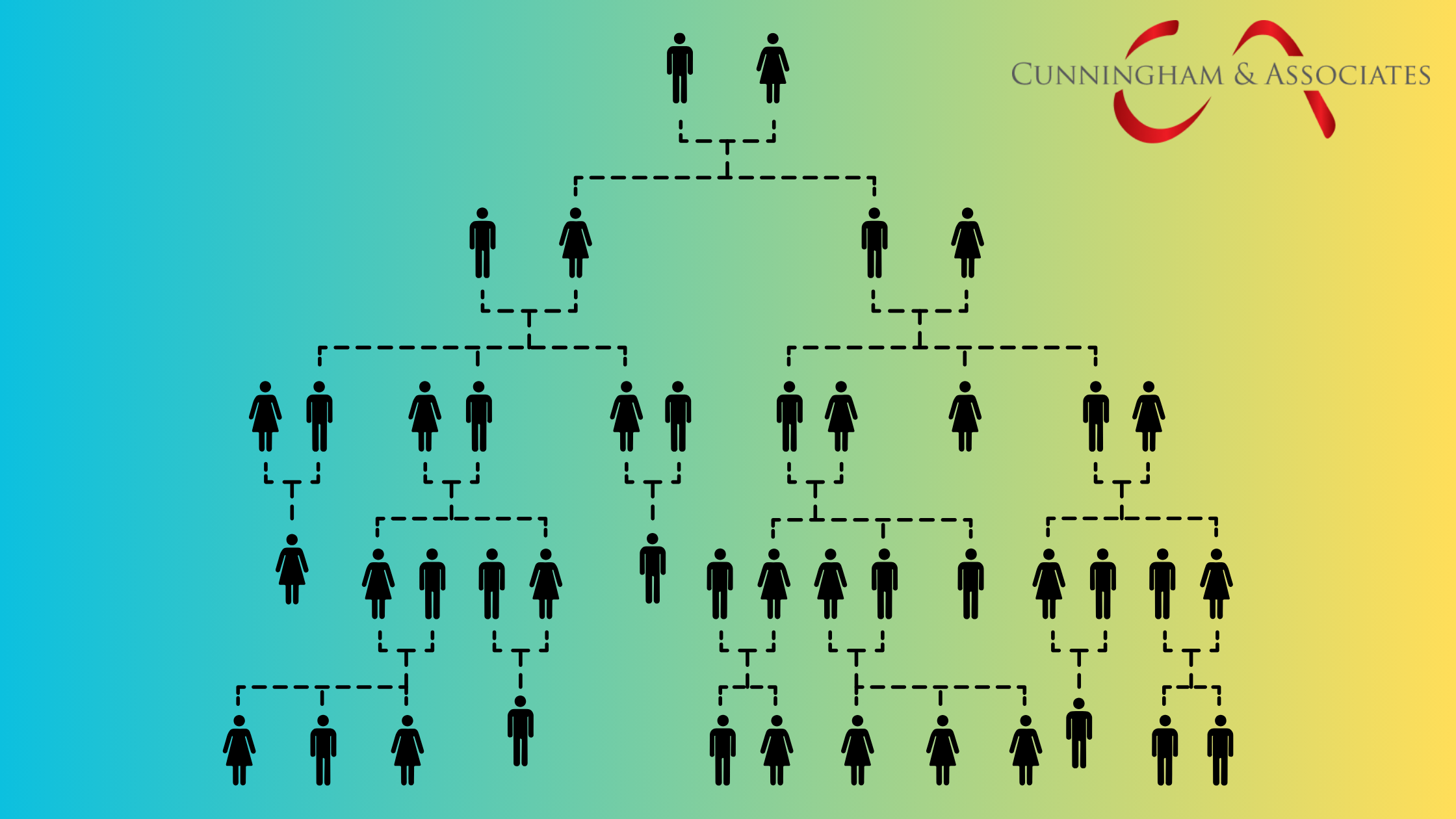The federal estate tax has been a subject of contentious debate in the United States for decades. Its impending changes, scheduled for the next few years, are significant for business owners and high-net-worth individuals. This article provides an overview of the historical context of these changes, outlines the new thresholds, and discusses their implications, along with strategies to mitigate potential tax burdens.
Historical Context
The modern federal estate tax in the U.S. was established in 1916, primarily as a revenue source and a means to prevent the concentration of wealth. Over the years, it has undergone numerous modifications, reflecting the country's shifting economic and political landscape.
One of the most significant recent changes came with the Tax Cuts and Jobs Act (TCJA) of 2017. The TCJA temporarily doubled the estate tax exemption, significantly reducing the number of estates subject to the tax. This change was set to sunset in 2025, reverting to previous levels adjusted for inflation.
Upcoming Changes
As we approach the sunset provision of the TCJA, the estate tax exemption threshold is expected to decrease substantially. As of my last update in April 2023, the exemption stood at approximately $13.6 million per individual, meaning a married couple could shield about $27.2 million from estate taxes. Post-2025, these numbers are projected to halve, reverting to around $7 million per individual and $14 million per couple, adjusted for inflation.
Implications for Business Owners and High Net-Worth Individuals
Increased Tax Liability: The reduction in the exemption threshold means more estates will be liable for taxes. This is particularly impactful for business owners whose assets (including business valuation) may push their estates over the new lower threshold.
Liquidity Concerns: Estates that consist largely of illiquid assets, like closely-held businesses, might face challenges in settling estate taxes, potentially forcing the sale of assets.
Inter-generational Wealth Transfer: The changes could have significant implications for individuals planning to pass on substantial wealth or businesses to their heirs.
Strategies for Mitigation
Gifting: Utilize the annual gift tax exclusion and the lifetime gift tax exemption to transfer wealth during one's lifetime. This can effectively reduce the taxable estate size.
Trusts: Establish trusts, such as irrevocable life insurance trusts (ILITs), to move assets out of the estate. This can be particularly effective for life insurance policies, a common estate planning tool.
Family Limited Partnerships (FLPs): These can be used to transfer business interests to family members at a reduced tax cost.
Charitable Contributions: Charitable remainder trusts (CRTs) and other charitable giving strategies can reduce the size of the taxable estate while fulfilling philanthropic goals.
Estate Freeze Techniques: Tools like Grantor Retained Annuity Trusts (GRATs) can freeze the value of assets for tax purposes, passing future appreciation to the next generation tax-free.
Conclusion
The upcoming changes to the federal estate tax threshold represent a significant shift in estate planning for high-net-worth individuals and business owners. Proactive measures, including gifting, trusts, FLPs, charitable contributions, and estate freeze techniques, can help mitigate the increased tax burden. It's crucial for those potentially affected to consult with estate planning professionals to navigate these changes effectively and ensure a smooth transition of their legacy.
If you have questions about your estate plan or these upcoming changes, set up some time to meet with the C&A team.



